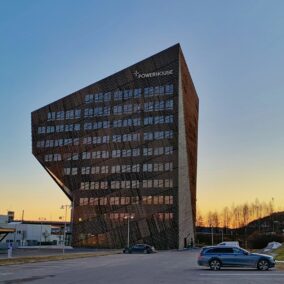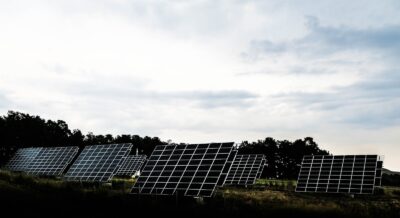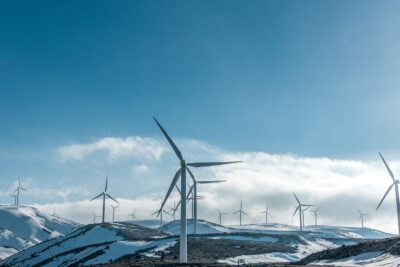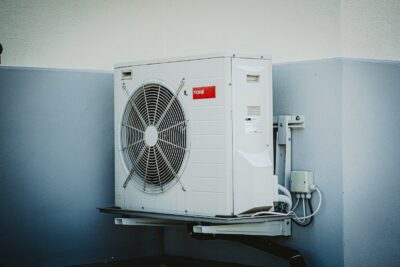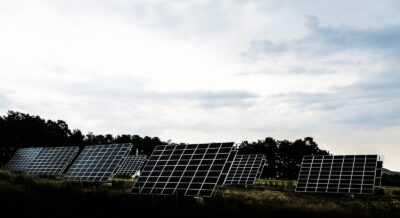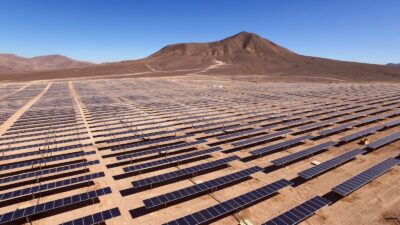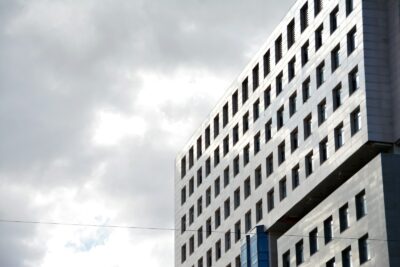Enhancing Building Efficiency Through Innovative Glazing Solutions
Revolutionizing Building Design and Performance
The emergence of energy-efficient windows marks a significant milestone in the pursuit of sustainable building practices. Traditional windows are often a source of energy loss, allowing heat to escape during the winter and infiltrate buildings during the summer, leading to increased reliance on artificial lighting and heating. However, advancements in glazing technologies, such as low-emissivity coatings, insulated frames, and multi-pane configurations, are revolutionizing the way windows function in the built environment. By minimizing heat transfer and maximizing natural light penetration, energy-efficient windows reduce the need for artificial lighting and heating, resulting in substantial energy savings and improved indoor comfort.
Optimizing Indoor Environmental Quality
In addition to energy efficiency benefits, energy-efficient windows play a crucial role in enhancing indoor environmental quality and occupant comfort. By effectively blocking ultraviolet (UV) rays and reducing glare, these windows help create a more pleasant and productive indoor environment, particularly in office buildings and educational institutions. Furthermore, by mitigating temperature fluctuations and minimizing condensation, energy-efficient windows contribute to better thermal comfort and humidity control, supporting occupant health and well-being. In regions like Saudi Arabia and the UAE, where extreme temperatures are common, the adoption of energy-efficient windows is essential for creating sustainable and resilient buildings that can withstand climatic challenges while promoting occupant comfort and productivity.
Paving the Way to a Sustainable Future
As the global community intensifies its focus on climate change mitigation and sustainable development, the importance of energy-efficient windows cannot be overstated. By reducing energy consumption, enhancing building performance, and improving indoor environmental quality, these windows represent a tangible solution to the pressing challenges of energy efficiency and environmental sustainability. Through continued innovation, collaboration, and investment in green building technologies, we can pave the way to a future where buildings are not only energy-efficient and environmentally responsible but also conducive to human health, well-being, and productivity.
Driving Economic Growth and Competitiveness
The adoption of energy-efficient windows not only yields environmental and social benefits but also contributes to economic growth and competitiveness. By reducing energy consumption in buildings, businesses and organizations can allocate savings towards other investments, driving innovation, job creation, and economic development. Additionally, the demand for energy-efficient building materials and technologies creates new market opportunities for manufacturers, suppliers, and service providers, stimulating growth across the construction industry and related sectors. In Saudi Arabia and the UAE, where sustainable development is a priority, investments in energy-efficient infrastructure, including windows, are essential for fostering a resilient economy and maintaining global competitiveness in the transition towards a low-carbon future.
Meeting Regulatory Requirements and Sustainability Standards
As governments worldwide enact stricter regulations and sustainability standards to address climate change and energy consumption, the importance of energy-efficient windows becomes increasingly pronounced. Building codes and green building certifications mandate the use of energy-efficient materials and technologies to enhance building performance and reduce environmental impact. Compliance with these regulations not only ensures legal compliance but also demonstrates a commitment to environmental stewardship and corporate social responsibility. By incorporating energy-efficient windows into building designs and renovations, stakeholders can navigate regulatory complexities, achieve sustainability certifications, and position themselves as leaders in sustainable building practices.
Empowering Communities Through Energy Conservation
Beyond individual buildings, the widespread adoption of energy-efficient windows has transformative effects on communities, fostering resilience, inclusivity, and empowerment. In regions like Saudi Arabia and the UAE, where energy resources are finite and environmental challenges are prevalent, energy conservation measures play a pivotal role in ensuring energy security and equitable access to resources. By reducing energy demand and associated emissions, energy-efficient windows contribute to mitigating air pollution, preserving natural resources, and safeguarding public health. Moreover, by lowering utility costs for residents and businesses, these windows make sustainable living more accessible and affordable, empowering communities to thrive in harmony with their surroundings while preserving the planet for future generations.
—
#energyefficientwindows #sustainability #buildingefficiency #glazingtechnologies #SaudiArabia #UAE #environmentalconservation #occupantcomfort






